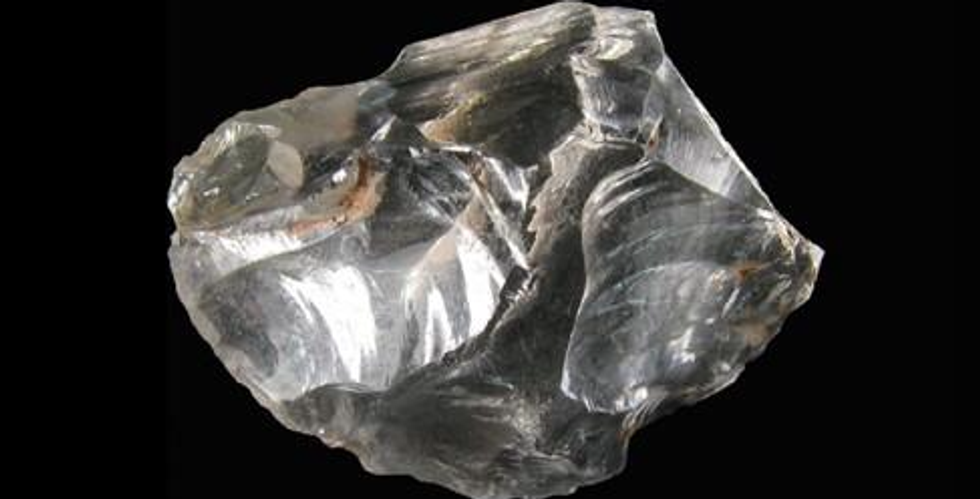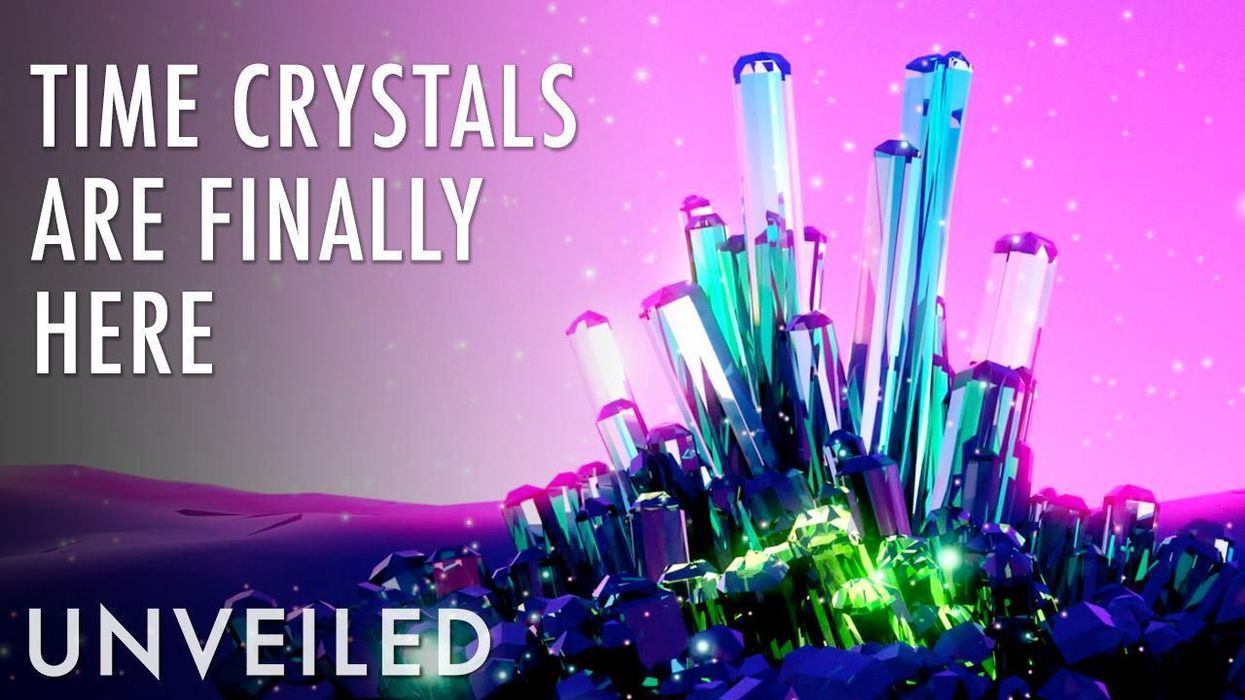Sinead Butler
Nov 16, 2022
Did Scientists Just Create the First Working Link Between Time Crystals? | ...
Watch Mojo
Archaeologists have discovered hundreds of rare “rock crystal” quartz fragments in a ceremonial site in western England.
This find suggests people in Neolithic times used them to decorate graves and other structures as the minerals were broken into smaller pieces and scattered over burial mounds at Dorstone Hill.
Over 337 of these quartz crystal fragments were found at a 6,000-year-old ceremonial site, located around a mile (1.6 km) south of the Arthur's Stone monument and it is said to represent "one of, if not the largest assemblage of worked rock crystal within Britain and Ireland."
Sign up to our free Indy100 weekly newsletter
"You can think of it as a really special event," Nick Overton, an archaeologist at The University of Manchester and lead author of a study published in July in the Cambridge Archaeological Journal told Live Science.
"It feels like they're putting a lot of emphasis on the practice of working [the crystal] … people would have remembered it as being distinctive and different."
So what do the crystals look like?
The crystals are water-like in terms of their transparency and there are some prismatic fragments that can create a rainbow spectrum from white light.
As a triboluminescent, the quartz could have broken into pieces easier due to the fact there are flashes of light when it is hit.
"If you bash two of these crystals together, they emit little flashes of bluish light, which is really fascinating," Overton noted.
"It must have been an arresting experience — the material is quite rare and quite distinctive in this period where there is no glass and no other solid transparent material."
In fact, the crystals which were scattered around the burial mounds of Dorstone Hill site looked so transparent that excavators mistakenly thought it was pieces of glass at first.

"It looked like glass, but then we noticed it was a different colour," Overton added. "And we started to think, 'Blimey, maybe this is something else.' So that really got us in the mindset of looking for the stuff."
Where exactly did the crystals come from?
According to Overton the rock crystal was not locally sourced, meaning it probably originated at one of two sites known since Neolithic times:
a) a cave in the mountains of Snowdonia in the north of Wales, about 80 miles away;
b) a cave at St David's Head on the southwest coast of Wales, about 100 miles (160 km) away.
They were then transported it is thought, through a trading network to Dorstone Hill and back then were in large crystals up to 4 inches (10 centimetres) long.
Those large crystals were deliberately broken into smaller pieces which were then collected and deposited at structures at the site, especially over the burial mounds, Overton said referring to the analysis.
"The largest piece we have is 34 millimetres [1.3 inches] in length," he said, this information could help trace the origins, while this could also be revealed, it is hoped through chemical testing.
"I felt it was really important to point out just how wonderful and how interesting this material is," Overton said. "And it might help us think about other aspects of [the Neolithic] period, such as connections of trade or exchange, and also the way that people think about and engage with materials."
Have your say in our news democracy. Click the upvote icon at the top of the page to help raise this article through the indy100 rankings.
Top 100
The Conversation (0)














